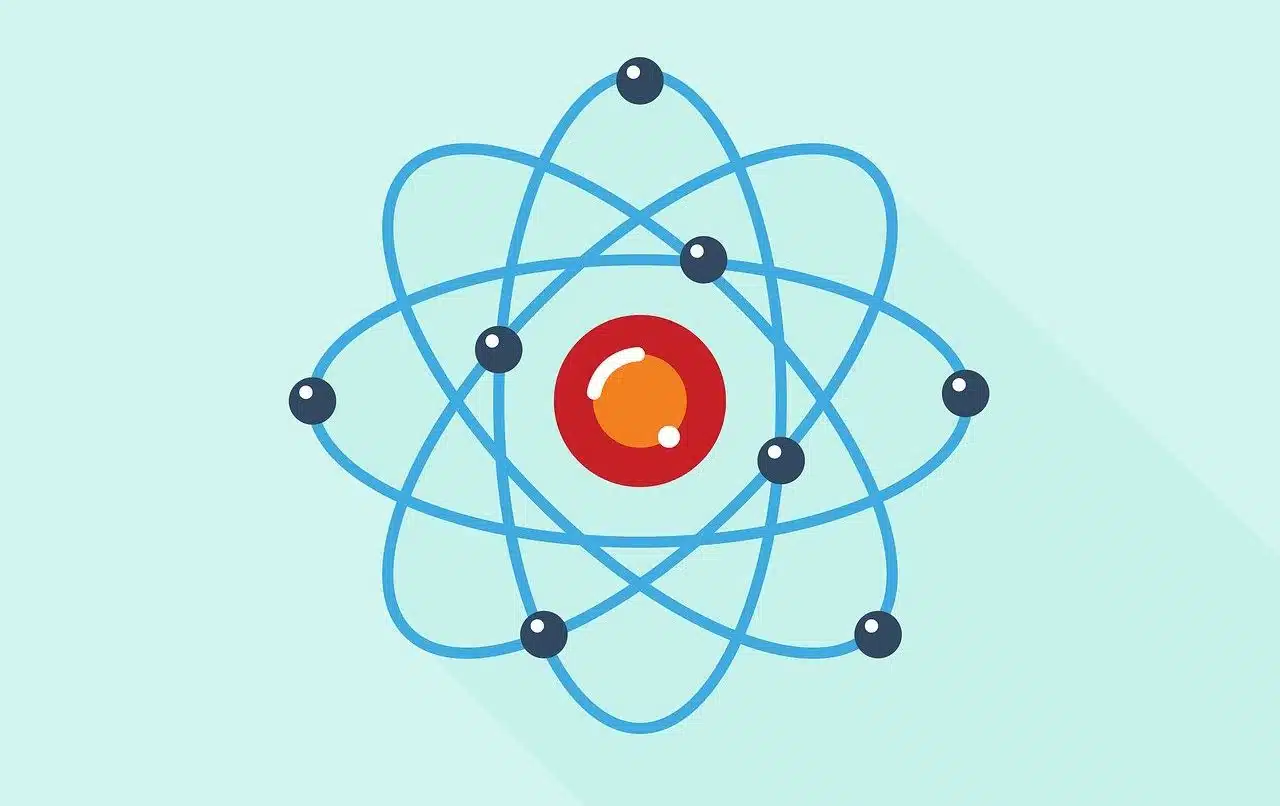
When seeking an explanation for the phenomenon of strong interaction in the atomic nucleus, researchers worked with subatomic particles and came up with models and hypotheses that make up the so-called string theory.
The strong nuclear force is part of the list that explains what are the fundamental interactions that particle physics recognizes within the standard model established to explain what types of forces can occur between subatomic particles .
With the weak nuclear force , the electromagnetic force and the force of gravity , the most scientifically accepted record is completed (which recognizes in the universe, at least until now, two pairs of fundamental forces ), although there are theories and research still in process. of study that lead us to believe that a fifth fundamental interaction is also manifested.
In relation to the strong nuclear interaction , indicated as being responsible for keeping the nucleons that make up the atomic nucleus together thanks to its ability to overcome the electromagnetic repulsion evident between protons , experts on the subject do not hesitate to affirm that it is the most great and powerful of all the forces that exist in the universe.
Characteristics of the strong nuclear force
Beyond the particularities mentioned above, the strong nuclear force has many other characteristics.
It is important to note, for example, that the effects of the strong interaction (which is observed in two ranges) are short-range. At a higher level, the force transported by mesons and promoting the union of neutrons and protons is noted; On a small scale, meanwhile, the force driven by gluons gains prominence in order to keep the quarks bound. Based on this last scenario, the idea of color strength arises. This property, called color confinement , is linked to hadrons (as identified as subatomic particles achieved by the union of quarks linked thanks to the strong nuclear force ).
This phenomenon, like the so-called asymptotic freedom , is contemplated within a quantum field theory (specifically, a gauge theory ) called quantum chromodynamics . According to her, the essence of the strong interaction is established by a special symmetry noticed in the color charge that each of the quarks presents (they and the gluons stand out among the particles understood as fundamental for having a non-zero color charge. ).

The theory of everything has a hypothetical nature and emerged as a model that unifies fundamental interactions.
Importance
For many years, the distinctive features of strong interaction have been analyzed and work has been done with it in multiple theories and models. Specialists in particle physics , for example, describe the strong nuclear force between nucleons and mesons using a model called the Yukawa interaction .
In addressing elementary particles , meanwhile, those who focus on theoretical physics continue to be guided by their knowledge and power of intuition to continue developing approaches, conjectures and calculations around strong interactions .
With a broader look, we conclude that the strong nuclear force is important since it is a residual force resulting from the interaction between gluons and quarks that guarantees that the nuclei of atoms are held together (thus preventing these collapse on themselves), thus giving existence to each element, object and component of the universe.
It cannot be overemphasized, in this context, that the strong forces that intervene in quarks are so powerful and intense that they cause the aforementioned color confinement , emerging in this framework the notion of color force .

In particle physics, the strong nuclear force is studied taking into account the links between all fundamental forces and their hierarchies, for example.
Applications, scope and findings linked to the strong nuclear force
The strong nuclear force , as deduced from practice, has broad and diverse scope. It has implications and applications, for example, in particle physics and issues related to cosmology .
As researchers work steadily to obtain more details and interesting data about this fundamental force , from time to time discoveries emerge and revolutionary developments are announced.
A great scientific challenge, to describe a specific issue, is to find an explanation for the development at very short distances of the very powerful strong nuclear force . Based on this topic, years ago it was reported that physicists belonging to the Massachusetts Institute of Technology (MIT) analyzed data from experiments on particle acceleration and verified that, when the distance between neutrons and protons is considerably shortened, a transformation of the interactions, varying between push, attraction or repulsion actions. These conclusions, as officially announced, illuminate the path of knowledge aimed at nuclear systems and neutron stars .
Another event that has not gone unnoticed on an international scale has to do with the measurement of the strong nuclear force . Some time ago it was reported that the European Organization for Nuclear Research (CERN) , through an experiment called ATLAS , was able to measure the strong nuclear force with an estimated precision of 0.8 percent. This is a discovery of enormous use for astrophysics , cosmology and the exploration of subatomic particles .
